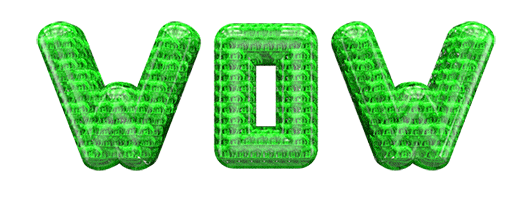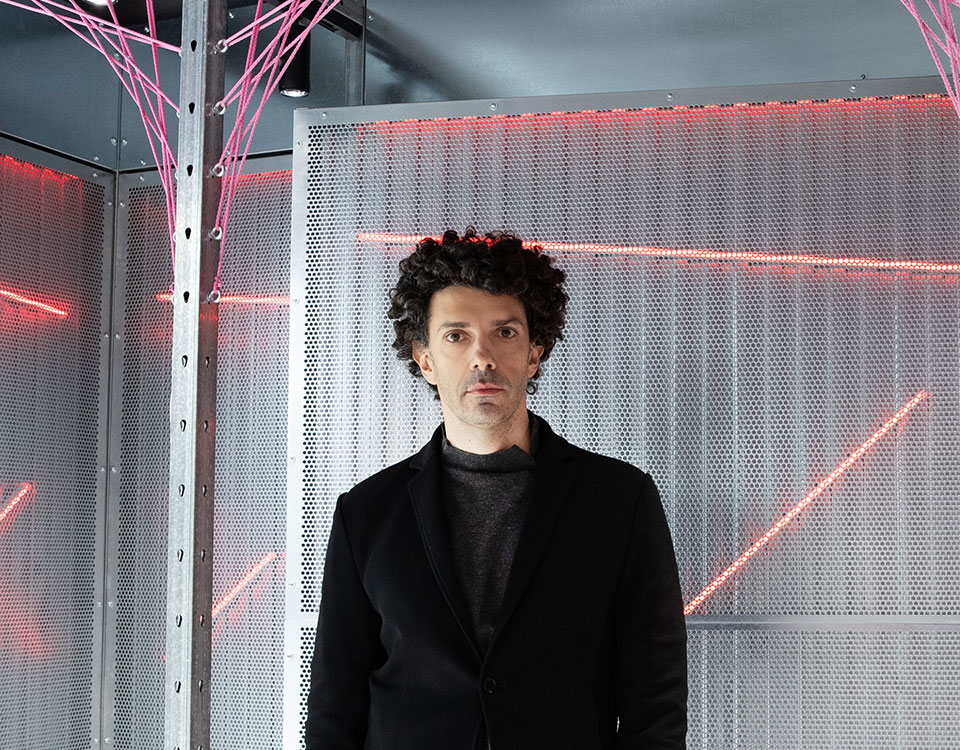
Make yourself comfortable. Fasten your seatbelts. This is a complex yet intimate conversation as much about the future as it is about the present. A conversation that delves into new ecosystems, ways of understanding the customer journey, and how to design spaces that function as great stages. This is a conversation with Carmelo Zappulla–a PhD architect and founding partner of External Reference, an architecture firm that blurs the boundaries between art, architecture, and design. Zappulla draws both on theory and practice as a teacher, researcher, and practicing architect.
Like WOW, External Reference creates out of ambition and a desire to revolutionise the projects it takes on. With WOW, they set out to transform the world of retail.
WOW: How do you design a retail space?
Carmelo Zappulla: Before designing the experience, you need to understand how the user behaves and shops. Shopping is not only about satisfying a primary need, it is also a social, gastronomic, and sensorial experience. Throughout history, commercial activity has been a part of daily life in society and reflects culture and values. Commerce is part of a citizen’s life, their way of existing in urban space, of slowing their enjoyment down to a pedestrian’s pace. We must think of the user as part of a dynamic community of generations that change and relate to space in different ways. The interests of Gen Z are different to those of Millennials, Gen X, and Boomers. Similarly, interests can vary according to one’s gender or nationality.
What we must not forget are the people, how to build a journey, a pleasurable sensory experience, during which making a purchase is of secondary importance. When designing retail spaces, we build spaces that provoke sensations and provide entertainment. Spaces that transmit brand values, where shopping is not the climax but a by-product of enjoying the space.
We need to deliver a service that produces a lasting positive memory. We must think about the customer journey, the consumer experience, and how to attract people’s attention without exclusively depending on anchor brands. From here, an experience is built around a unifying thread. When working on a multi-brand space, we have two options: to create a neutral yet architecturally spectacular space that has a strong curatorial identity, in which different brands can express themselves. Alternatively, we create a space with a very distinct concept to which the rest adapts. Then, depending on the commercial themes, the design explores different situations that build a narrative that adheres to what we are seeking: continuity, diversity, departure.
WOW: We are living at a time where the desire to feel and touch coexists alongside a desire for total integration with technology and delving into virtual universes. What impact does this have on retail spaces? What about the metaverse?
Carmelo Zappulla: Technology is not just a medium, it is a creative tool. By integrating this digital dimension into our lives, our lives have more creative opportunities. The problem is that technology is highly addictive. Therefore, it is important to educate people on how to use it in a way that benefits them. The digital world allows us to live an augmented life. It increases awareness of what we are buying, what we know about our products and where they’re from, the building and belonging to digital and physical communities.
The metaverse is a movement. We are already working with several clients on projects in this field. It is successful because it develops new aesthetics and ways of connecting to reality. Like all technological realities, you need to know when to keep a distance and how to use them. However, they are not negative realities, they open us up to interesting worlds and the retail sector finds them intriguing because they are very lucrative worlds. The physical world and the virtual world are moving towards a middle point. Both will meet at a point where interfaces will deliver and elevate a truly immersive experience.
WOW: With regards to this middle point, what does “phygital” mean?
Carmelo Zappulla: For me, it means imagining a physical reality where there is a parallel digital dimension that nourishes the physical space and vice versa. In retail, you have a marketplace, a virtual shopping world, as well as a physical one. We must work out how to bring them into contact. There are devices and resources that connect them. With the term phygital, we go further. It is not only about connecting the shopping world to the physical space, but the physical space must also be nourished with digital elements that upgrade our reality.
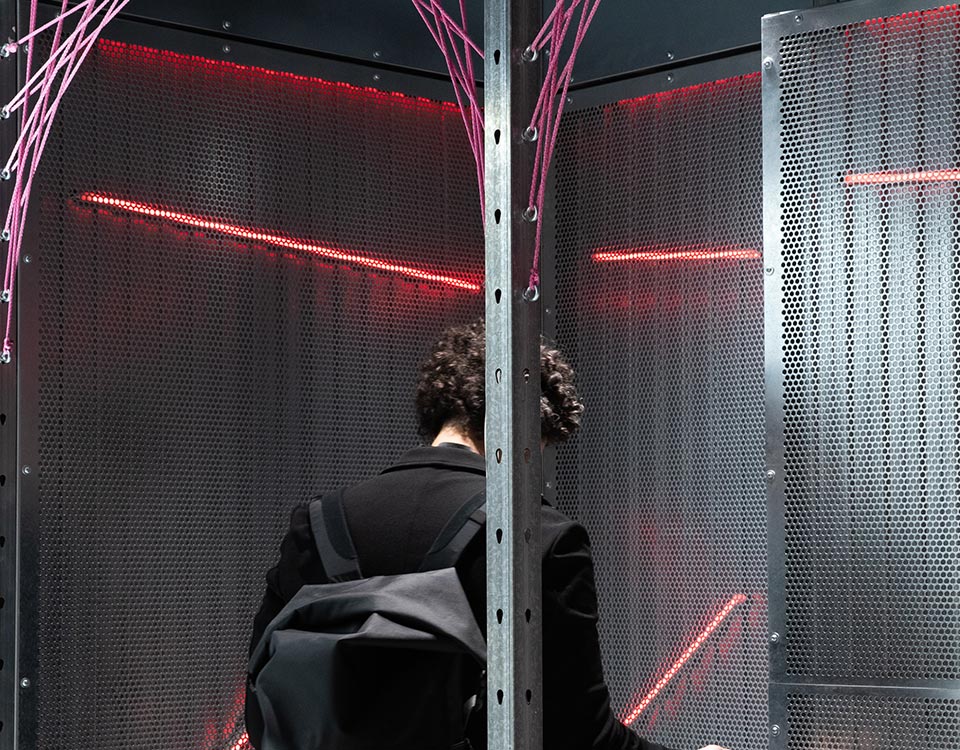
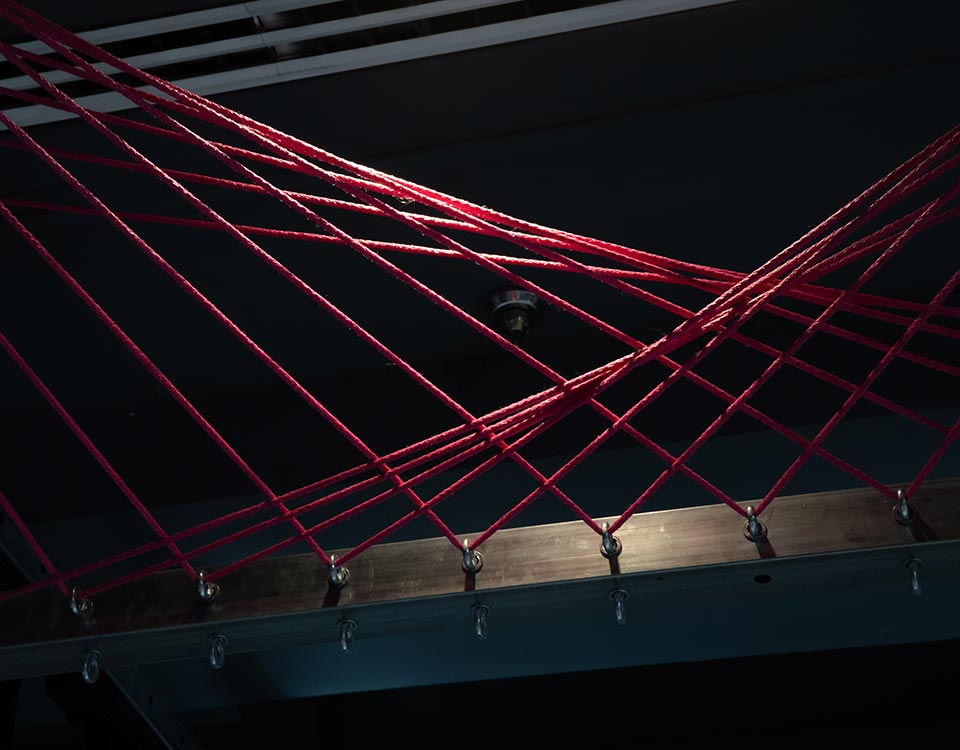
WOW: What do External Reference and WOW have in common?
Carmelo Zappulla: WOW was sowed into intellectually and creatively fertile ground, where it belonged. We’ve always talked about experiential design and how the retail world could bring about a revolution. WOW has been an opportunity to bring together everything we have researched and done over recent years, both at an exhibitory level and retail level. It serves as a stage, where each floor has something new for the user to discover and constantly experience. WOW has been an opportunity to work on a new and ambitious concept from day one. It came along around the same time we won the bid for the Spanish Pavilion at EXPO 2020 Dubai. It was a time of great motivation. We knew that we could produce unprecedented digital experiences for the retail sector.
WOW: How did you approach the project?
Carmelo Zappulla: The WOW project is more than a building. It is an idea. A reflection on why shopping centres are in crisis today. How the retail world is evolving and what we must do to make a space successful to compete with the online world. Physical retail will not disappear, it is part of life in a city and leisure.
We should design retail spaces that work like great stages on which things are constantly changing. We want people to always find something different at WOW. Each floor has a different theme, and each space is a powerful setting in which the user becomes the protagonist. It must resemble an art foundation, a theatre… it’s more than a shopping centre. It delivers an important backdrop that impacts the experience and leaves a lasting impression on the user while connecting with the brand’s values.
Part of the experience is built through design, which is composed of a physical part, a digital part, and an ephemeral part that will be constantly transformed. We are using design, projects, and concepts to convince brands to enter a new, unprecedented ecosystem. WOW is a space where brands want to be.
The process has been long, lasting almost two years. This time has been very useful, giving our ideas a chance to evolve. It has been an evolutionary work in progress up until the final stage.

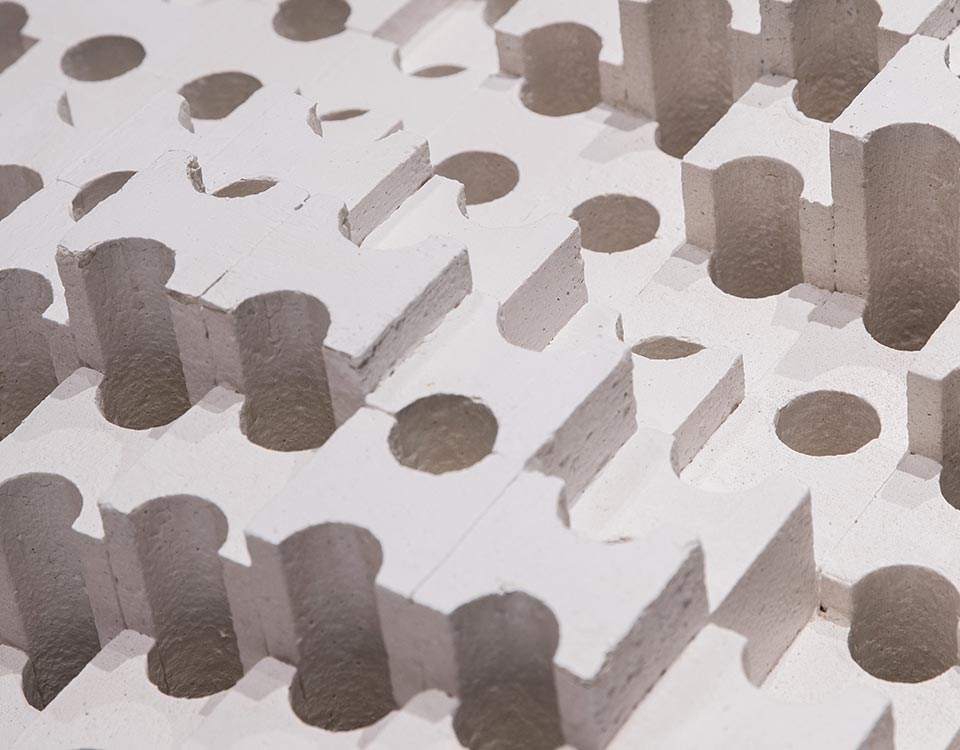
WOW: Where is External Reference right now?
Carmelo Zappulla: The growth of the studio has been exponential over the last three to four years. We are in a very good place. We have been commissioned to work on some very important projects, especially in the Middle East. Among our latest projects, WOW stands out.
At External Reference, we are currently working on projects across three different specialities. Since creating the Spanish Pavilion, we have continued to work on exhibition projects. We are developing a project in Portugal, another in Shenzhen, and preparing for our next exhibition in Japan. Then, we have our workspace and office projects. After working with Sberbank, we have been in contact with different companies to carry out projects of a similar style. Soon, we will be inaugurating an urban project on the Barceloneta waterfront.
And then there’s retail, which we continue to revolutionise and transform by proving that the offline shopping experience can be much more attractive than the online experience. We do this by finding points of connection between online and offline sales, generating spaces that are at the intersection of the digital and physical dimensions. WOW is the perfect example.
WOW: And what are you, personally, currently working on?
Carmelo Zappulla: I am about to publish two books. One will be a book on architectural theory. The other, which will be published by Editorial Actar, is about External Reference’s work in experiential design, a very popular concept that has been a focal point for us over the years.
I have designed a master’s degree in experiential design at LCI Barcelona, now in its fourth edition, and the Institute of Advanced Architecture of Catalonia (IAAC). The latter is a very important centre for me as it has allowed me to experiment with and research the future of architecture through different projects.
I have also become a partner at Pure.tech, which produces an innovative material that neutralises greenhouse gases by capturing and transforming CO2 into inert minerals.
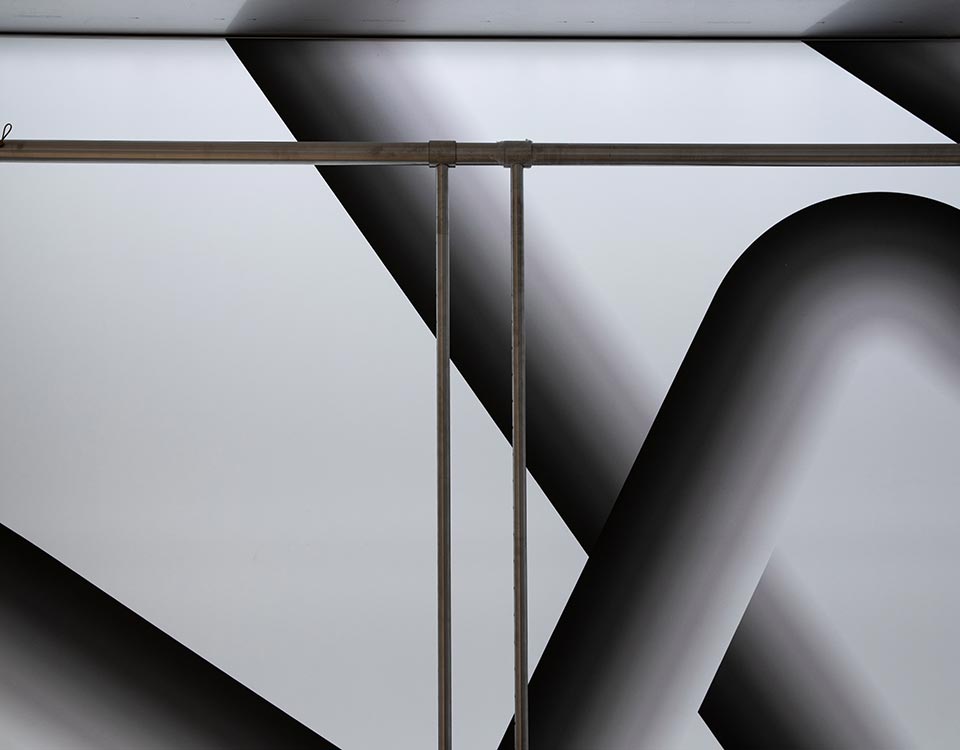
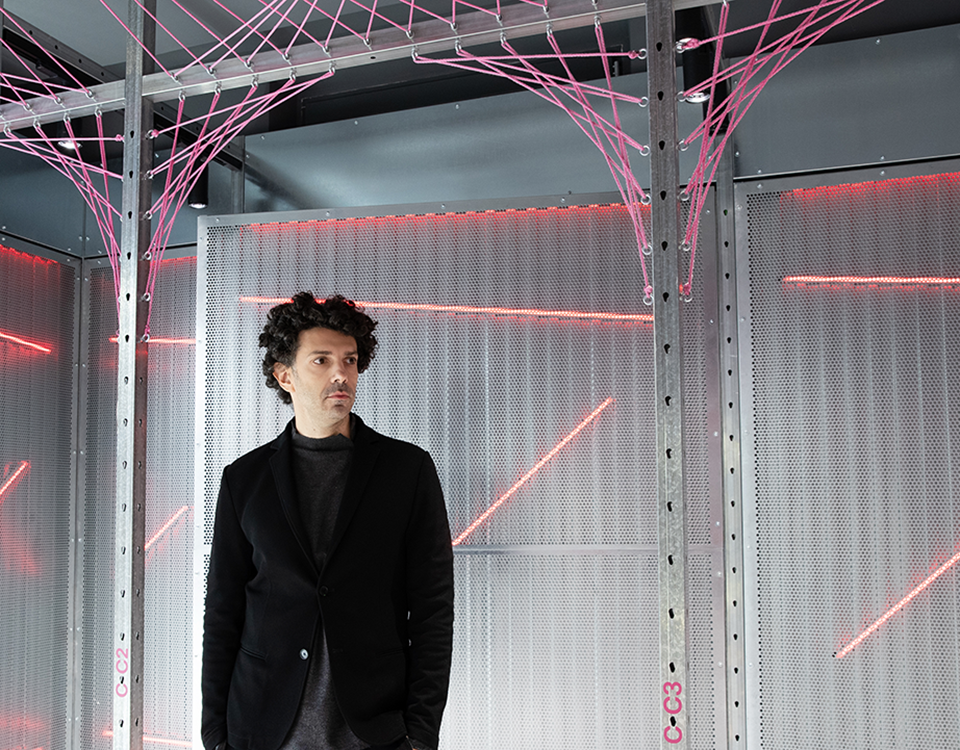
WOW: And lastly, how do you combine practice and research in the current climate?
Carmelo Zappulla: We have been naturally doing this for years. The research begins in an academic setting: the PhD underway at the ETSAB Barcelona School of Architecture, directing the master’s degree in experiential design at LCI, and as a project teacher at the IAAC. Academic research feeds on what happens in practice and vice versa. It is done through research projects, articles, and examining everything we do in an academic context. Research through design. So, for example, in experiential design, we research how to generate experiences in retail and hospitality spaces, how to generate sensory elements in the project, how to integrate the digital and the physical, and how the phygital experience can create a strong connection between the marketplace and the physical shop online.
Another line of research focuses on designing ecological systems and materials for architecture. We work on generating architectural landscapes that use materials capable of absorbing CO2 and photobioreactors to generate oxygen. Also, we look at research on parametric design and advanced geometries and study natural morphologies, developing algorithms that can be applied to design and architecture.
Lately, we have been investigating the future of residential spaces and workspaces. How to connect remote work with physical work, what the virtual dimension of work will look like, augmented reality… these are some of the key points in our research and examples of how we apply it to our practical work in the field of office spaces.
